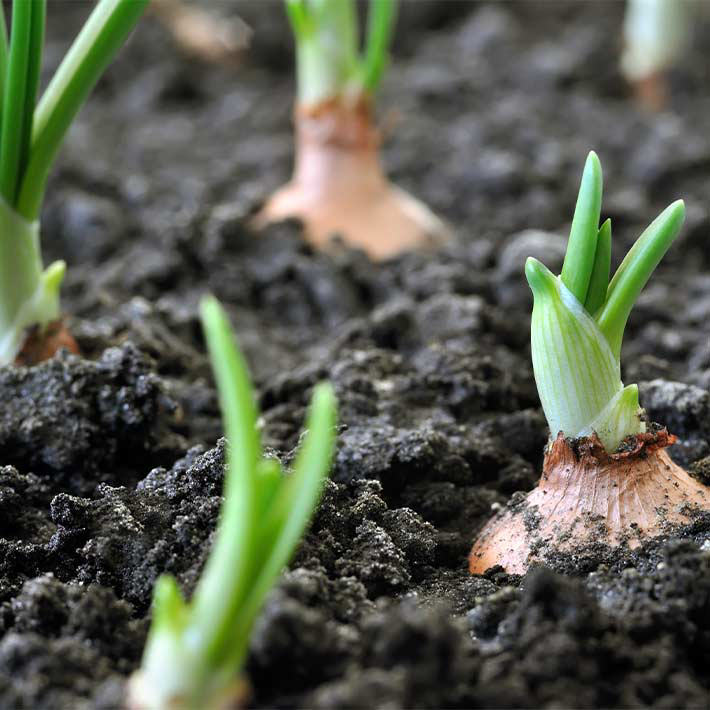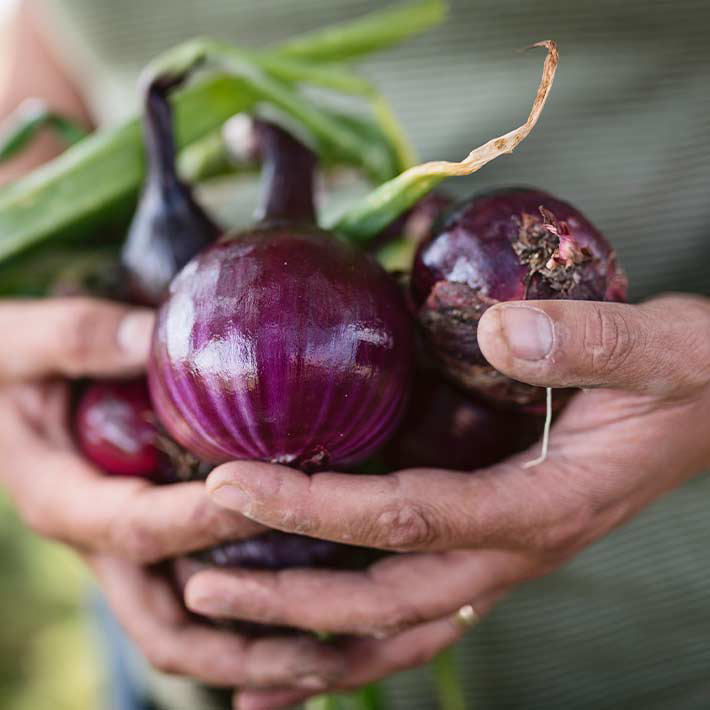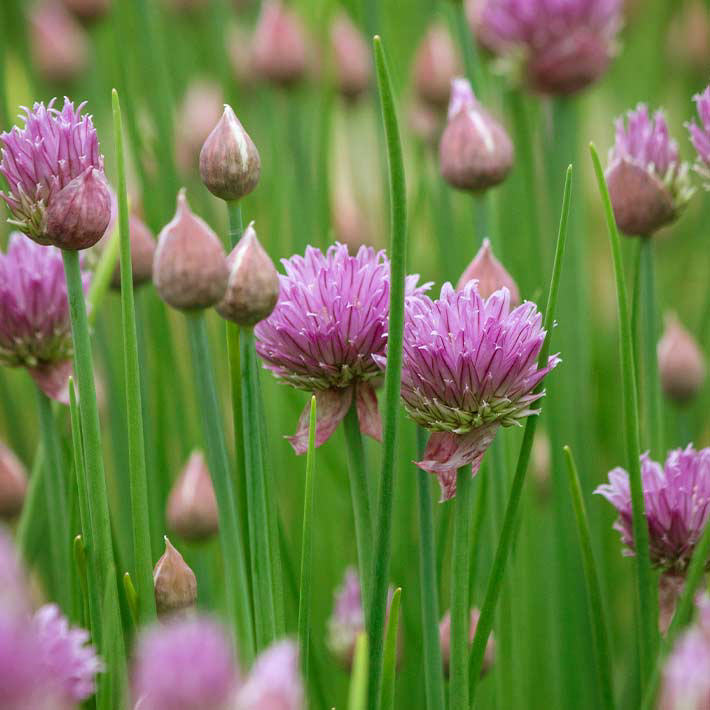
Meet the family
The onion family is huge so let’s introduce you to some of them. Hold up each variety of onion, one by one, and allow your children to guess before you tell them what it is. It’s a great way to help them learn that the onion family is much bigger than they first thought and includes leeks, garlic and chives. Make sure to show them the similarities to help them understand, for example pulling apart a bunch of chives to show how they look like tiny onions.
Question: How many different plants are members of the onion family?
Answer: Over 800. Now that’s a big family isn’t it?
What they have in common
All of these hundreds of plants have some things in common, so if you help your little ones learn about them they might be able to spot members of the onion family. See below for the key commonalities:
Now that your kids have learnt all about the onion family it’s time to take our quiz!

The Onion Quiz
If you’ve introduced your little ones to the onion family then now is the time to take them through our onion quiz. Read out the questions below and give them time to guess before you read out the answer.
- 1. True or False: Onions have been used to predict the weather? Answer: True - People would predict how cold a winter would be based on the thickness of the outside of an onion [hold up onion and peel outside layer] - the thicker the coat, the colder the winter would be - this one told us we would have had a very cold/quite mild winter - was it right?
- 2. True or False: Ancient Egyptians worshipped onions! Answer: True - In fact, onions were even put in pyramids with pharaohs, because they believed they would bring them riches in the afterlife.
- 3. True or False: London is also known as the Big Onion? Answer: False - although New York is known as the Big Apple so maybe it will catch on!
- 4. True or False: Onions were once used as money?Answer: True - In the Middle Ages onions could be used to pay for rent, goods and services — and even as gifts! I’m not sure any of you would add it to your birthday list though, would you? And can you imagine how big your piggy bank would need to be?
- 5. True or False: Eating onions will give you bigger muscles. Answer: False - But a lot of ancient civilisations thought so! In fact Greek soldiers and athletes ate onions because they thought it was a source of power and Roman gladiators rubbed onions on their skin because they thought it gave them more strength and speed! I bet they were a bit smelly!
How many did your little ones get right? Read out the scores!
Now that you’ve completed the quiz, try planting up another member of the onion family - chives. Follow our easy guide to potting up chives for a fun gardening project with the kids.

How To Pot Up Chives
One of the nicest ways to use an onion flavour in cooking is by using chive flowers. Mostly in cooking we cut up the leaves, but the flowers also have a chive flavour and they can be sprinkled on salads or in sandwiches. Potting up chives with your little ones is not only a fun activity but it’ll also teach them more about the onion family and growing.
Splitting up chive and potting it up is actually a good thing for the chive plant because clumps get bigger and bigger over time. Splitting them up helps give the bulbs more room to grow, so let’s get started. Follow these easy steps with your kids:
- Put a little compost in bottom of pot
- Take a clump of spring onions and, holding the bottom of the plant by the bulbs, break off a clump
- Add this smaller clump to your pot
- Fill around with more compost pressing it down gently as you go
- Give your chive plant a little water
- Ask your little one to write a plant label and add it to the pot
For more kids gardening activities, visit our Little Seedlings at home page for worksheets and more!
